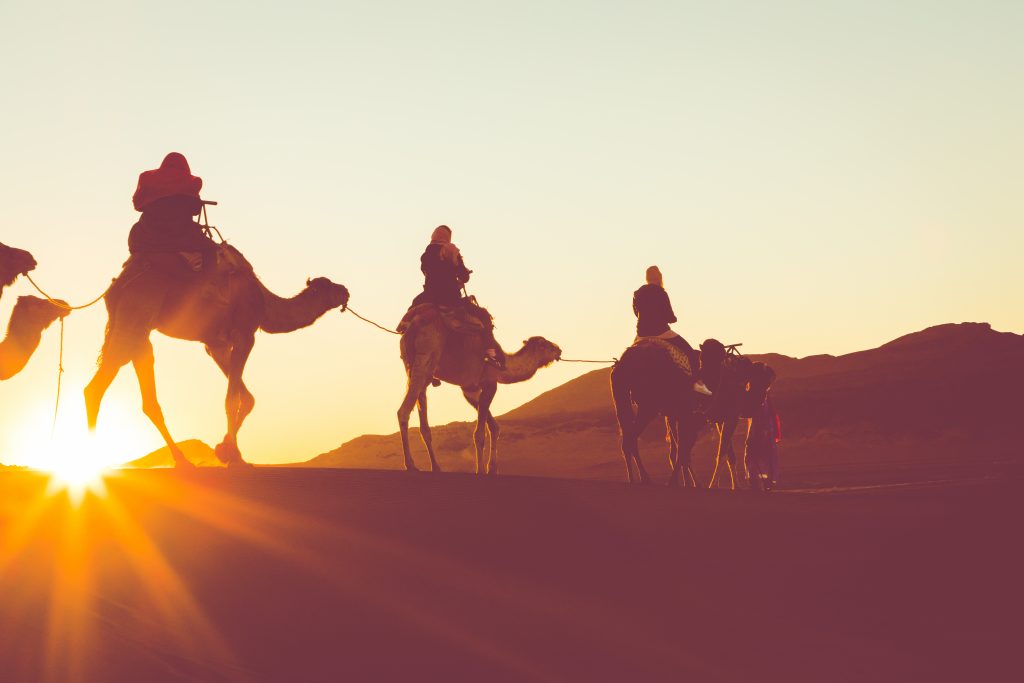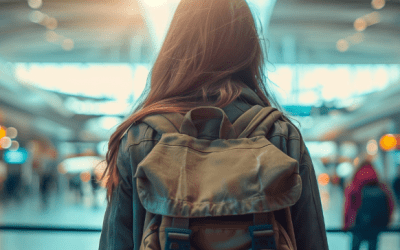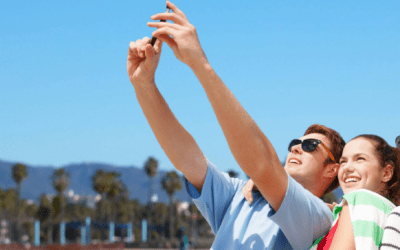In a highly competitive industry like tourism, personalization is no longer a luxury—it’s a necessity. Travelers expect platforms to understand their interests, needs, and context, and to instantly offer relevant recommendations. In this scenario, machine learning becomes a powerful ally, enabling automated, accurate, and scalable content personalization. But how can this technology be truly applied to tailor destination recommendations for each visitor? And how can this strategy positively impact both conversion rates and SEO?
In this article, we’ll explore how to implement machine learning–based personalization with real examples, practical strategies, and a future-oriented vision that goes beyond the typical “users who viewed X also saw Y.”
Why Personalize Travel Content with Artificial Intelligence
From Generic to Intelligent Content
For years, travel websites have followed the same logic: display a list of destinations or experiences sorted by popularity, category, or location. But this model completely ignores the individual nuances of each visitor. A business traveler on a mobile device in Madrid is not the same as a family planning a vacation from a desktop in Berlin.
By applying machine learning, it becomes possible to adapt content in real time—be it destinations, activities, restaurant recommendations, or even featured images—based on the user’s behavior and profile. This enhances the visitor’s experience and significantly boosts the likelihood of conversion.
What Data Can Be Used for Personalization?
At the heart of any personalization model lies data. Here are some of the most commonly used types:
- Navigation data: pages visited, clicks, time on site
- Contextual data: language, device, location, time of day
- Demographic data: age, country, declared interests
- Search and booking history: from the user and similar profiles
- Content engagement: articles read, videos viewed, comments or likes
The challenge isn’t collecting data—it’s interpreting it to create value. That’s where machine learning comes in.

Machine Learning–Based Personalization Strategies
1. Automatic User Segmentation
One of the most effective strategies is to automatically segment users into behavior or affinity groups using clustering algorithms (such as K-means or DBSCAN). These models identify patterns and group visitors into categories like “urban explorers,” “nature lovers,” or “luxury travelers.”
Once users are classified, the website can dynamically adapt the content shown. For instance, rural getaways can be prioritized for adventurous profiles, while short city breaks can be highlighted for urban enthusiasts.
2. Predictive Recommendation Systems
Just like Netflix or Amazon, OTAs and travel inspiration platforms can use collaborative or content-based recommendation engines. These models predict which destinations or experiences might interest a visitor based on what similar users have explored.
This type of recommendation not only drives direct conversions but also increases time on site and reduces bounce rate, which directly improves SEO performance.
3. Real-Time Personalization
Thanks to techniques like reinforcement learning, it’s possible to adapt content in real time as the user interacts with the page. If a visitor starts reading articles about gastronomy, the system can shift recommendations to prioritize foodie tours, local markets, or cooking classes.
This creates a dynamic, evolving experience where the user feels the platform is “learning” from their interests.
Benefits of Implementing These Strategies
Boosted Conversion Rates
When users feel understood, they’re more likely to convert. According to industry studies, platforms using AI-based personalization can see conversion rates increase by 20% to 30%.
Increased Engagement and Time on Site
Serving relevant content reduces drop-off risk and improves key metrics like average session duration, pages per visit, and scroll depth. All of these are positive signals for search engine algorithms.
Positive SEO Impact
Google rewards useful, relevant content that delivers a strong user experience. By personalizing content, you indirectly improve organic rankings through lower bounce rates, longer sessions, and increased content interaction.
Additionally, well-structured personalization technology can create micro-variations in content, enriching the site’s overall semantic value.
Real-World Applications and Use Cases
Smartvel: Context-Based Personalization
Companies like Smartvel have integrated machine learning personalization technologies to help airlines, hotel chains, and OTAs tailor their destination content. Through smart widgets and dynamic content, they offer browsing experiences adapted to each visitor’s profile, language, and location.
For example, a user from Mexico searching for plans in Madrid may receive different recommendations than a German visitor landing on the same page—boosting the chance of meeting both their needs.
Booking.com: Constant A/B Testing
Booking.com has been a pioneer in using AI and personalization. They run thousands of simultaneous A/B tests to optimize both design and content. Their algorithms combine user behavior and intent data to prioritize the most relevant results for each session.
Getting Started: Step-by-Step Implementation
Step 1: Audit Your Data and Sources
Before applying machine learning, it’s crucial to audit your existing data: What are you currently collecting? What’s missing? Which CRM, DMP, or CMS tools are integrated?
Step 2: Set Clear Objectives
Do you want to increase conversions? Lower bounce rates? Improve the mobile experience? Your chosen algorithm and strategy should align with your primary goals.
Step 3: Choose the Right Model
You don’t have to start from scratch. Many tools (like Google Recommendations AI, Adobe Target, or custom solutions built with Python and TensorFlow) allow you to apply personalization models efficiently.
Step 4: Test and Iterate Continuously
Personalization is not a final product—it’s a continuous process. Measuring, A/B testing, and ongoing optimization are key to success.

The Future: Predictive and Multimodal Personalization
The future of machine learning in tourism goes far beyond destination recommendations. Emerging systems combine text, image, and voice to deliver inspiration in a more intuitive way. For example:
- Virtual assistants that understand natural language and tailor suggestions based on tone
- Algorithms that detect emotions in user behavior (like reading time or scroll speed) to adjust content
- Immersive experiences where content adapts to the user’s mood or energy level
Conclusion
Machine learning–based travel content personalization marks a paradigm shift: from one-size-fits-all websites to experiences crafted for each individual. Implementing it not only boosts conversions but also positively affects SEO, engagement, and customer loyalty.
Now is the time to invest in technologies that can understand and anticipate your travelers’ needs. In the digital tourism era, those who personalize best—win.






